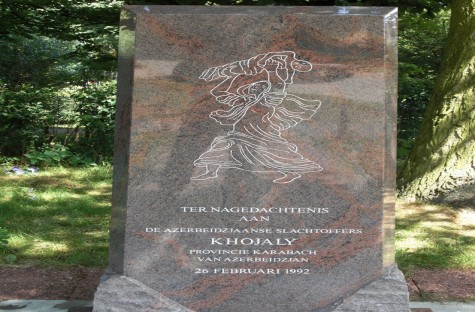
23rd ANNIVERSARY OF THE KHOJALY MASSACRE
Photo: The Khojaly Massacre Memorial in The Hague, Netherlands
Since 1923, Nagorno-Karabakh had been an Autonomous Oblast of Azerbaijan SSR with Armenian majority and Azerbaijani minority. After 1991, the region has been a part of the Republic of Azerbaijan. Although belonging to Azerbaijan, Armenia claims ownership of the territory that is of strategic importance due its location. In the late 1980’s, the movements of ‘glasnost’ (openness) and ‘perestroika’ (uncountable) convinced Armenians to demonstrate for the unification of Karabakh with Armenia. In 1987, Karabakh Azerbaijanis were systematically displaced by Armenians. In 1988, Armenia carried out some negotiations with Moscow for the incorporation of Karabakh into Armenia. The Council of Upper Karabakh, consisting of an Armenian majority, voted for the unification of Karabakh after the rapidly emerging protests in Armenia. However, the government of the Union of Soviet Socialist Republics (USSR) rejected the Armenian demands.
After the collapse of the USSR, the Karabakh conflict intensified between the newly-independent countries of Azerbaijan and Armenia. On November, 1991, Azerbaijan abolished the status of Nagorno-Karabakh Autonomous Oblast, bringing the territory under direct control of Azerbaijan. This decision was not accepted by the Armenians and on January 6, 1992, the Council of Upper Karabakh declared independence from Azerbaijan. This declaration transformed the conflict into war. The conflict caused thousands of causalities on both sides.
Karabakh was connected to Armenia via Khojaly. Having the only airport in the region boosted the significance of the city. On the night of February 25, 1992, Armenian soldiers with backing of the Russian army units captured the city and massacred the unarmed Azerbaijani people and the soldiers.
According to the official data, 613 civilians were massacred including 106 women, 63 children and 70 elderly people; 487 people including 76 children were injured, 1.275 people were taken hostage and were tortured. 150 Azerbaijan Turks who were taken hostage are still missing. According to the unofficial data, 1.300 Azeri Turks were massacred and more than 1.000 people were injured. Due to the massacre, 25 children were left orphaned.[1] The Human Rights Watch report defined the Khojaly Massacre as ‘the largest massacre to date in the conflict’.[2] At the end of 1993, the city of Shusha with an Azerbaijani majority and Kelbajar districts were captured by Nagorno-Karabakh which is still under the occupation by Armenians.
The involvement of Russia and Turkey brought the Karabakh question to the international agenda. In 1992, the OSCE Minsk Group was created by the Organization for Security and Co-operation in Europe (OSCE) for a peaceful resolution of the problem. The group, including Turkey, continues its activities without any solution to date.
The response of the current President of Armenia, Serzh Sargsyan, who served in the Armenians forces in the Khojaly massacre, to the researcher, Thomas De Waal is notorious: “The Azerbaijanis thought that they were joking with us, they thought that the Armenians were people who could not raise their hand against the civilian population. We were able to break that [stereotype]. And that’s what happened. And we should also take into account that amongst those boys were people who had fled from Baku and Sumgayit. Yes, it’s true that there were civilians in Khojaly. And when a shell flies through the air, it doesn’t distinguish between civilian and soldier, it has no eyes. There was a certain amount of ethnic cleansing. It's not possible otherwise. But we didn't think up this method. They thought this up when, with the help of their militia, they kicked our people out of the Hadrut and Shusha region[3]” Thereby, Sargsyan remarked about the purposeful murder of civilians and thereby acknowledged the ethnic cleansing of Azerbaijanis. This is one of the acts, according to Article 2 of the Convention on the Prevention and Punishment of the Crime of Genocide, signed by United Nations, which is ‘committed with intent to destroy, in whole or in part, a national, ethnical, racial or religious groups’.[4] Armenia claims that the 1915 events constitute genocide, but does not accept the ethnic cleansing that technically constitutes genocide against Azerbaijanis. As such, contrary to its current president's statements, Armenia is thereby contradicting itself.
The United Nations (UN) acknowledged the occupation of the Azerbaijan territory by Armenians. “After the occupation and displacement of Azerbaijanis, four UN Security Council Resolutions have been passed. The first one (No. 822) dates April 30, 1993. It called for the cessation of armed hostilities and withdrawal of local occupying forces troops from Kelbajar and other occupied districts. UN Security Council resolution 853 refers to the resolution 822, and called on withdrawal of local Armenian troops from Agdam district and other occupied districts of Azerbaijan. The resolutions 874, adopted on 14 October 1993, called upon the parties to observe the ceasefire, and resolution 884, adopted on 12 November 1993, also referred to the first two resolution, condemned the occupation of Azerbaijan territories by Armenians and demanded an immediate cessation of armed hostilities. Besides, considering the influence of Armenia over the Upper Karabakh Armenians, The UN Security Council demanded for implementation of the resolutions.”[5]
Karabakh, which constitutes 14 per cent of the Azerbaijan territory, and other surrendering Azerbaijan territories, which in total constitute 20 per cent of all Azerbaijan territories, are still occupied by Armenian forces.
Bibliography
Human Rights Watch (1994): Azerbaijan: Seven Years of Conflict in Nagorno-Karabakh. Helsinki. December.
İHH (2014): 22. Yıldönümünde Hocalı Katliamı. İnsani Yardım Vakfı. February. İnsani ve Sosyal Araştırmalar Merkezi. İstanbul.
Koptaş, Robert (28.02.2013): Hocalı Sorumluluğu. Agos.
< http://www.agos.com.tr/tr/yazi/4434/rober-koptas-yazdi-hocali-sorumlulugu.>
Özarslan, Bahadır Bumin (2014): Soykırım Sucunun Önlenmesi ve Cezalandırılması Sözleşmesi Açısından Hocalı Katliamı. Hacettepe Üniversitesi Hukuk Fakültesi Milletlerarası Hukuk Ana Bilim Dalı. S. 187-214.
[1] İHH (2014): 22. Yıldönümünde Hocalı Katliamı. İnsani Yardım Vakfı. February. İnsani ve Sosyal Araştırmalar Merkezi. İstanbul. pp. 8.
[2] Human Rights Watch (1994): Azerbaijan: Seven Years of Conflict in Nagorno-Karabakh. Helsinki. pp. 6.
[3] Koptaş, Robert (28.02.2013): Hocalı Sorumluluğu. Agos. < http://www.agos.com.tr/tr/yazi/4434/rober-koptas-yazdi-hocali-sorumlulugu.>
[4] Özarslan, Bahadır Bumin (2014): Soykırım Sucunun Önlenmesi ve Cezalandırılması Sözleşmesi Açısından Hocalı Katliamı. Hacettepe Üniversitesi Hukuk Fakültesi Milletlerarası Hukuk Ana Bilim Dalı. pp. 194.
[5]İbid. pp. 191-192
© 2009-2025 Center for Eurasian Studies (AVİM) All Rights Reserved
No comments yet.
-
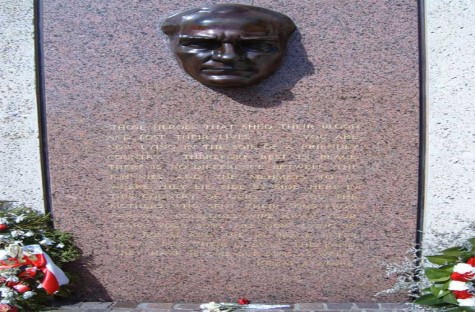 THE WATER DIVINER
THE WATER DIVINER
Cemre Dilay BOZTEPE 19.02.2015 -
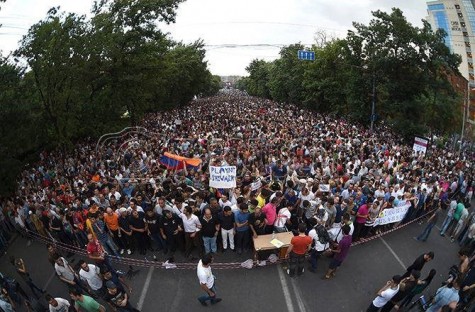 ELECTRICYEREVAN - PROTESTS IN ARMENIA
ELECTRICYEREVAN - PROTESTS IN ARMENIA
Cemre Dilay BOZTEPE 29.06.2015 -
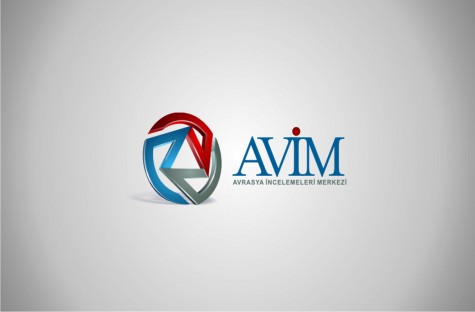 SWEDEN BACKTRACKS ON RECOGNITION OF THE KILLINGS OF ARMENIANS, ASSYRIANS/SYRIACS/CHALDEANS AND PONTIC GREEKS AS GENOCIDE
SWEDEN BACKTRACKS ON RECOGNITION OF THE KILLINGS OF ARMENIANS, ASSYRIANS/SYRIACS/CHALDEANS AND PONTIC GREEKS AS GENOCIDE
Cemre Dilay BOZTEPE 17.05.2015 -
 23rd ANNIVERSARY OF THE KHOJALY MASSACRE
23rd ANNIVERSARY OF THE KHOJALY MASSACRE
Cemre Dilay BOZTEPE 04.03.2015
-
THE RESOLUTION OF THE EUROPEAN PEOPLE’S PARTY - Ömer Engin LÜTEM
Ömer Engin LÜTEM 05.03.2015 -
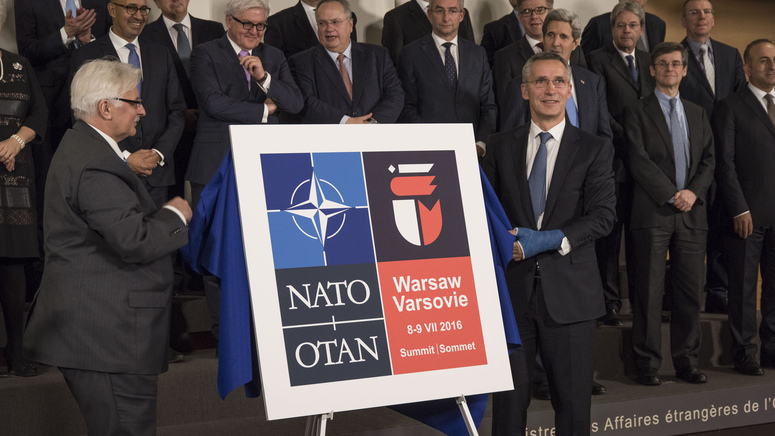 2016 WARSAW SUMMIT AND THE NAGORNO KARABAKH ISSUE
2016 WARSAW SUMMIT AND THE NAGORNO KARABAKH ISSUE
Osman GÜN 14.07.2016 -
 THE FUTURE OF EUROPEAN DEFENCE: SEEKING A NEW PATH IN THE SHADOW OF TRUMP POLICIES
THE FUTURE OF EUROPEAN DEFENCE: SEEKING A NEW PATH IN THE SHADOW OF TRUMP POLICIES
Hazel ÇAĞAN ELBİR 17.04.2025 -
COMMEMORATION OF OUR MARTYR DIPLOMATS
Oya EREN ÖZER 29.01.2012 -
 CONSTRUCTIVE EURASIANISM: REVISITING DEFINITIONS
CONSTRUCTIVE EURASIANISM: REVISITING DEFINITIONS
Teoman Ertuğrul TULUN 08.01.2025
-
25.01.2016
THE ARMENIAN QUESTION - BASIC KNOWLEDGE AND DOCUMENTATION -
12.06.2024
THE TRUTH WILL OUT -
27.03.2023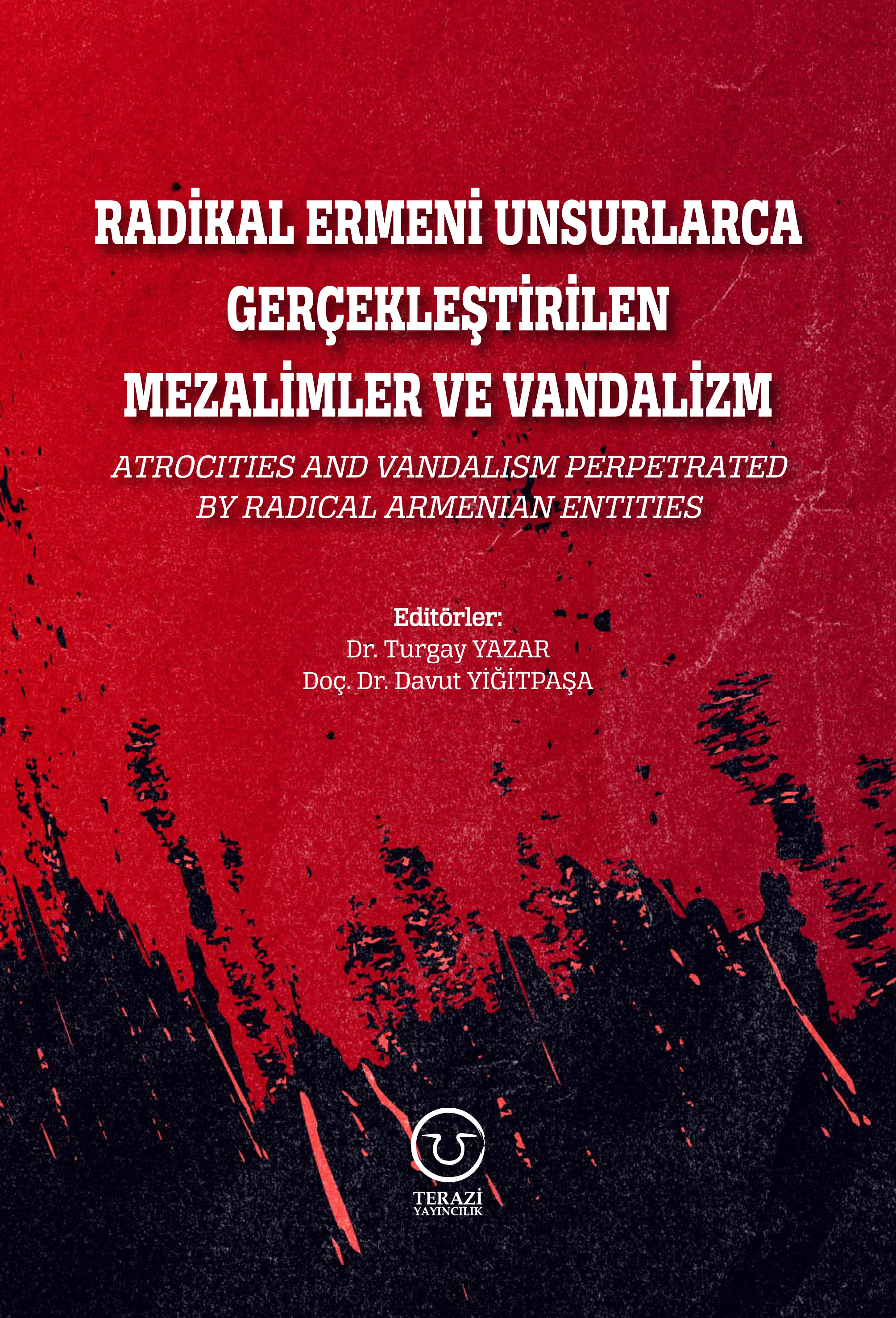
RADİKAL ERMENİ UNSURLARCA GERÇEKLEŞTİRİLEN MEZALİMLER VE VANDALİZM -
17.03.2023
PATRIOTISM PERVERTED -
23.02.2023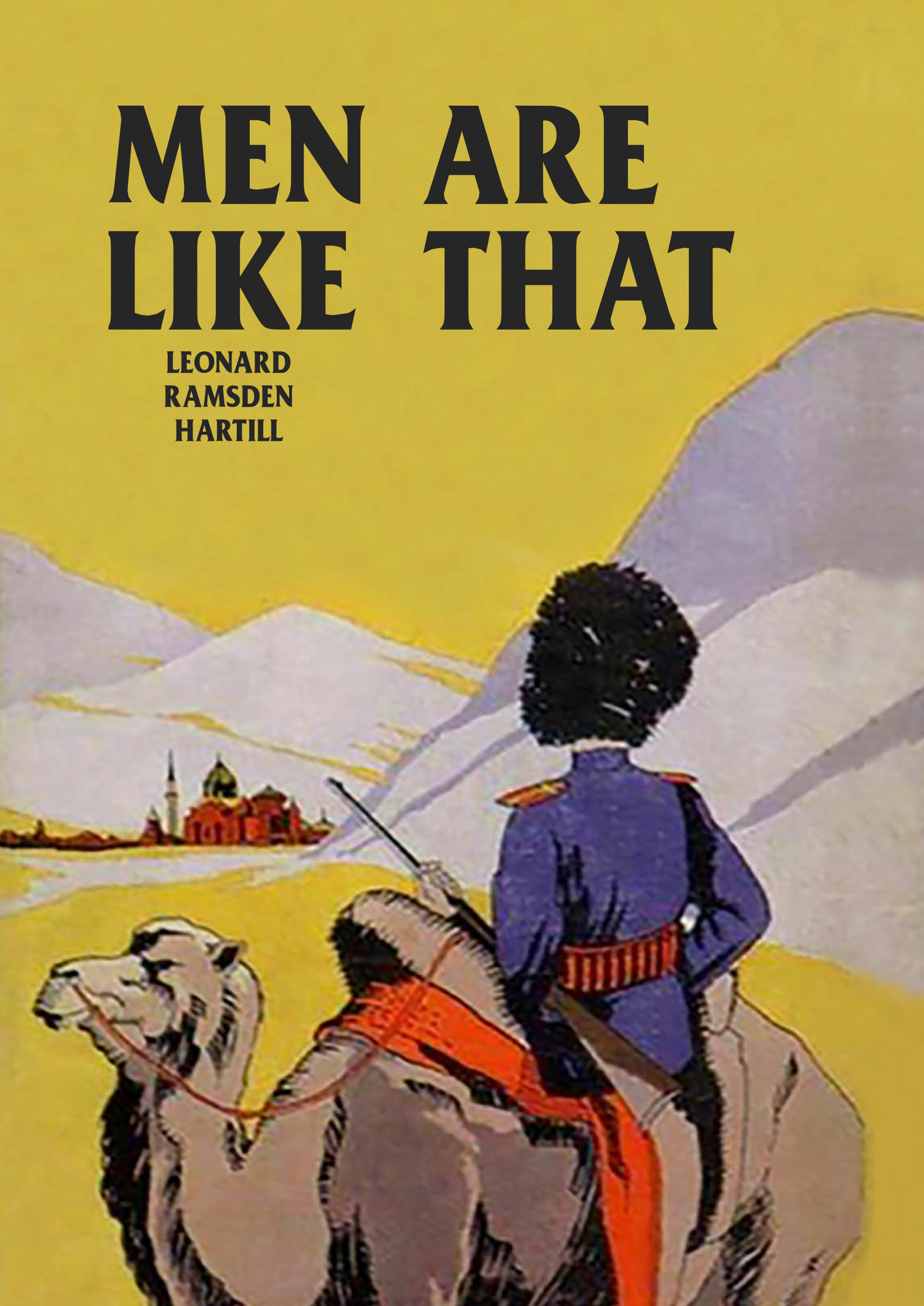
MEN ARE LIKE THAT -
03.02.2023
BAKÜ-TİFLİS-CEYHAN BORU HATTININ YAŞANAN TARİHİ -
16.12.2022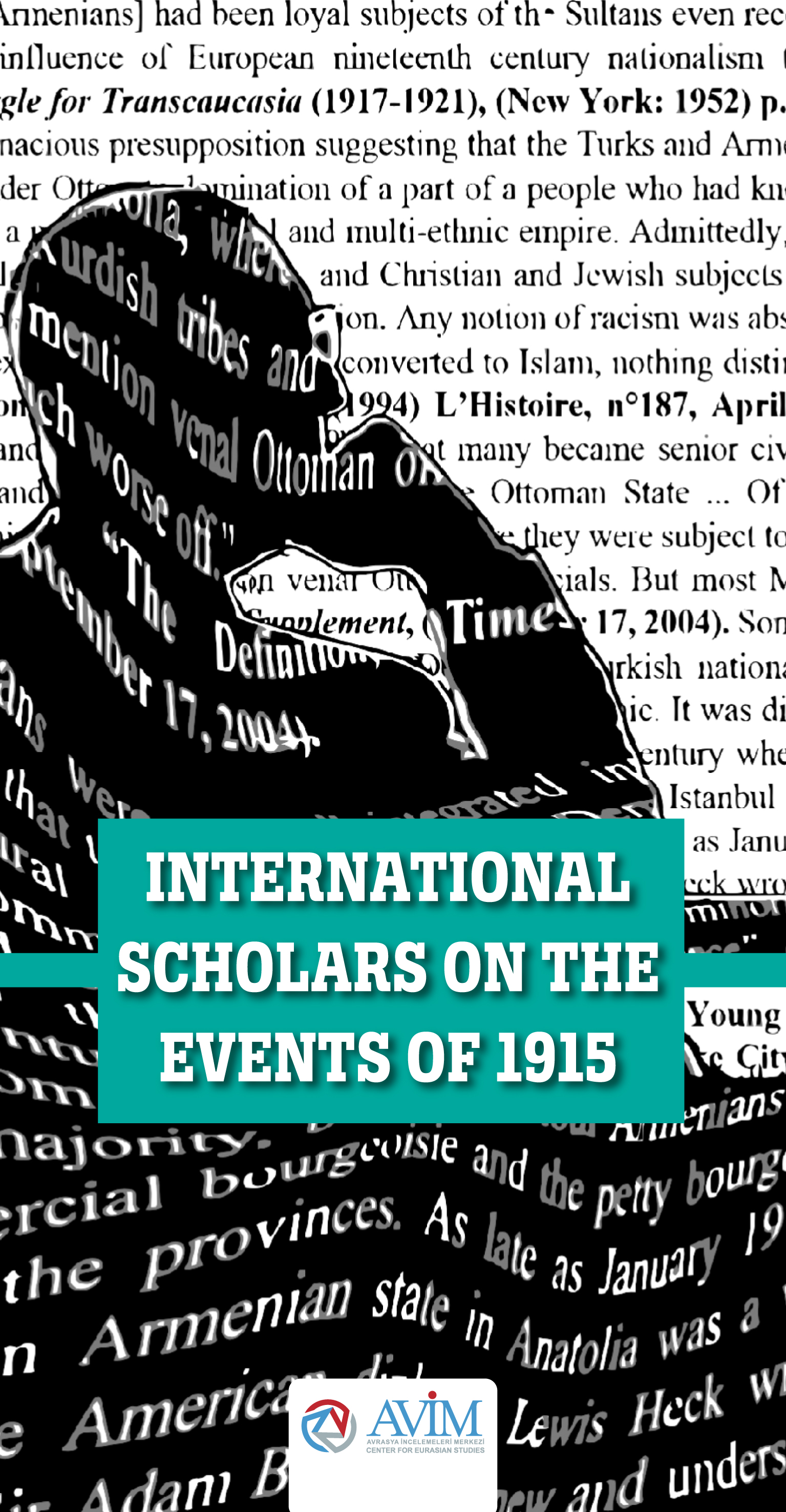
INTERNATIONAL SCHOLARS ON THE EVENTS OF 1915 -
07.12.2022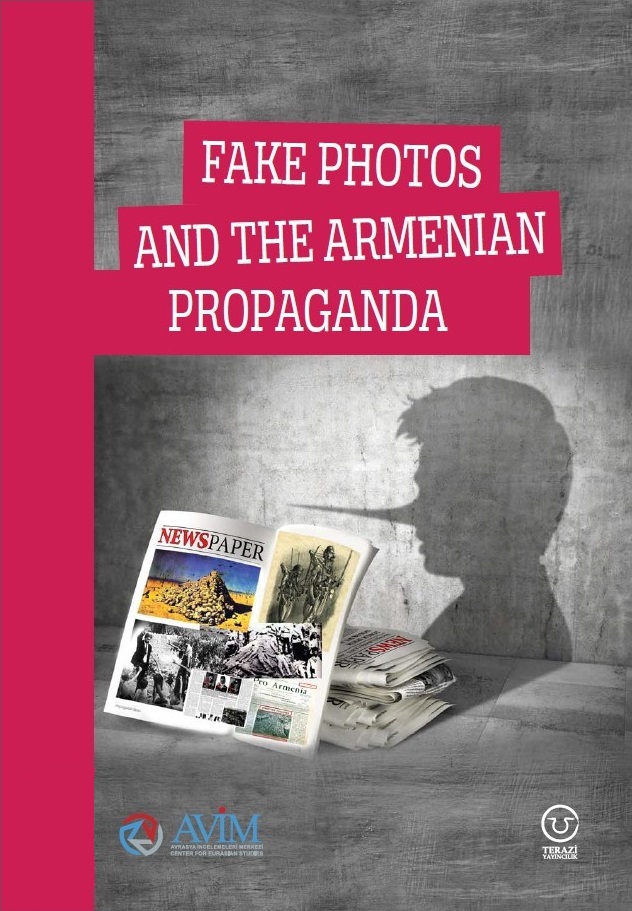
FAKE PHOTOS AND THE ARMENIAN PROPAGANDA -
07.12.2022
ERMENİ PROPAGANDASI VE SAHTE RESİMLER -
01.01.2022
A Letter From Japan - Strategically Mum: The Silence of the Armenians -
01.01.2022
Japonya'dan Bir Mektup - Stratejik Suskunluk: Ermenilerin Sessizliği -
03.06.2020
Anastas Mikoyan: Confessions of an Armenian Bolshevik -
08.04.2020
Sovyet Sonrası Ukrayna’da Devlet, Toplum ve Siyaset - Değişen Dinamikler, Dönüşen Kimlikler -
12.06.2018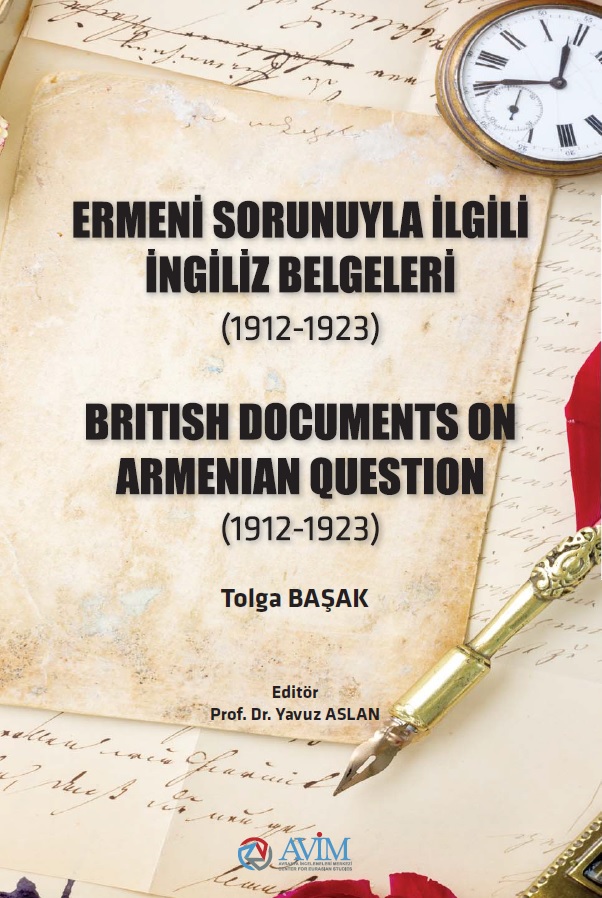
Ermeni Sorunuyla İlgili İngiliz Belgeleri (1912-1923) - British Documents on Armenian Question (1912-1923) -
02.12.2016
Turkish-Russian Academics: A Historical Study on the Caucasus -
01.07.2016
Gürcistan'daki Müslüman Topluluklar: Azınlık Hakları, Kimlik, Siyaset -
10.03.2016
Armenian Diaspora: Diaspora, State and the Imagination of the Republic of Armenia -
24.01.2016
ERMENİ SORUNU - TEMEL BİLGİ VE BELGELER (2. BASKI)
-
AVİM Conference Hall 24.01.2023
CONFERENCE TITLED “HUNGARY’S PERSPECTIVES ON THE TURKIC WORLD"









